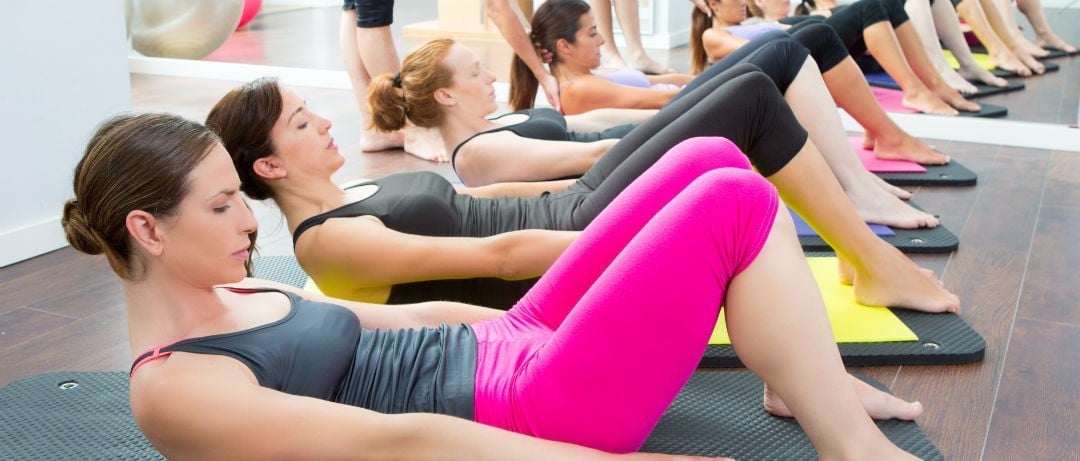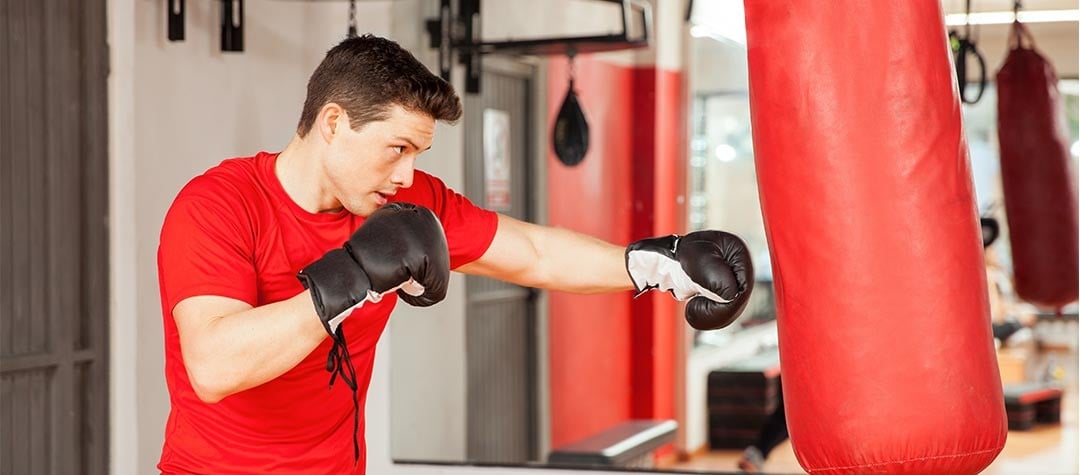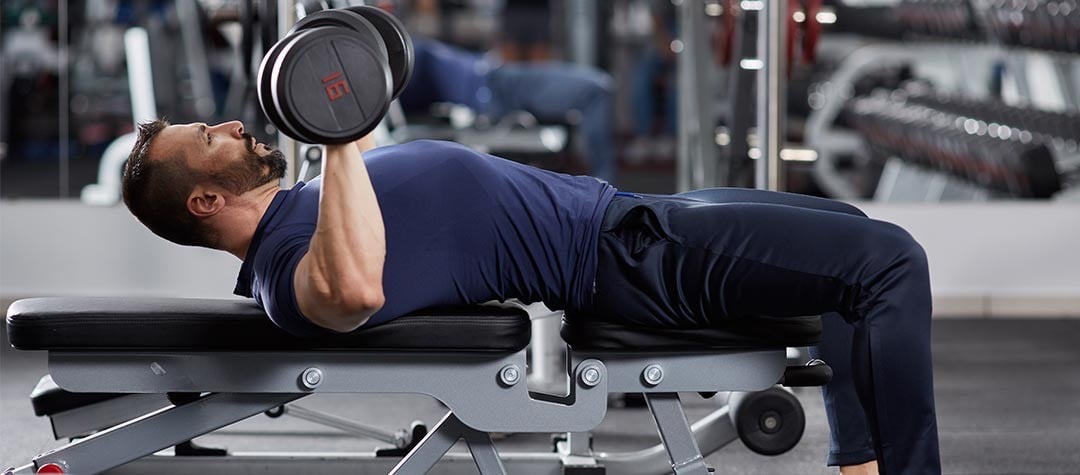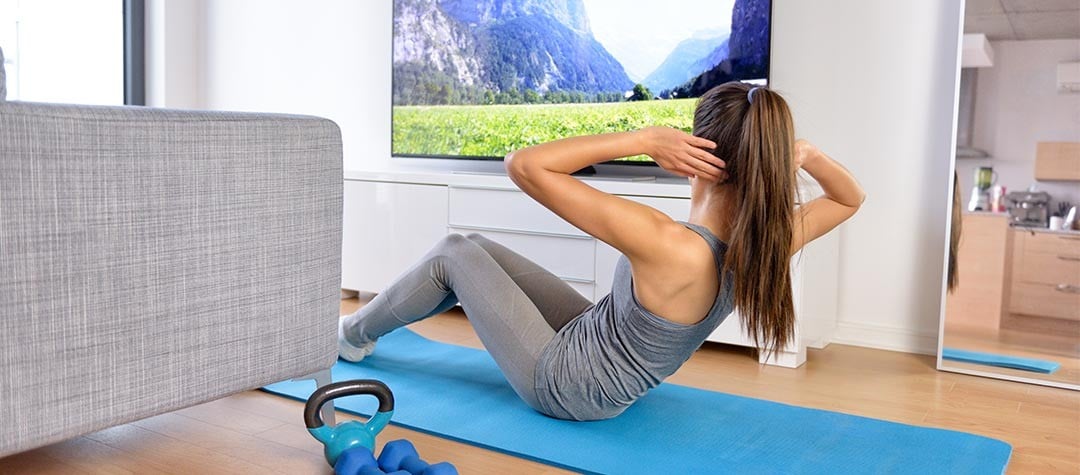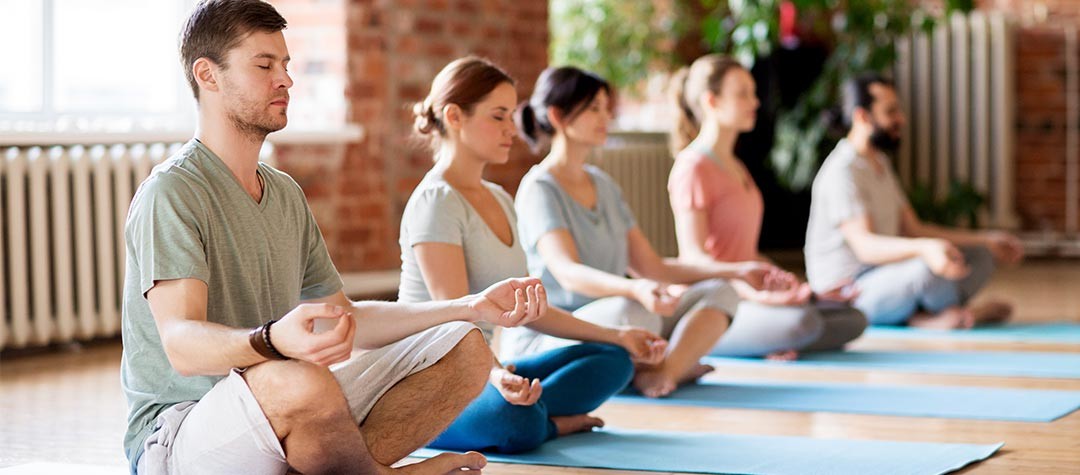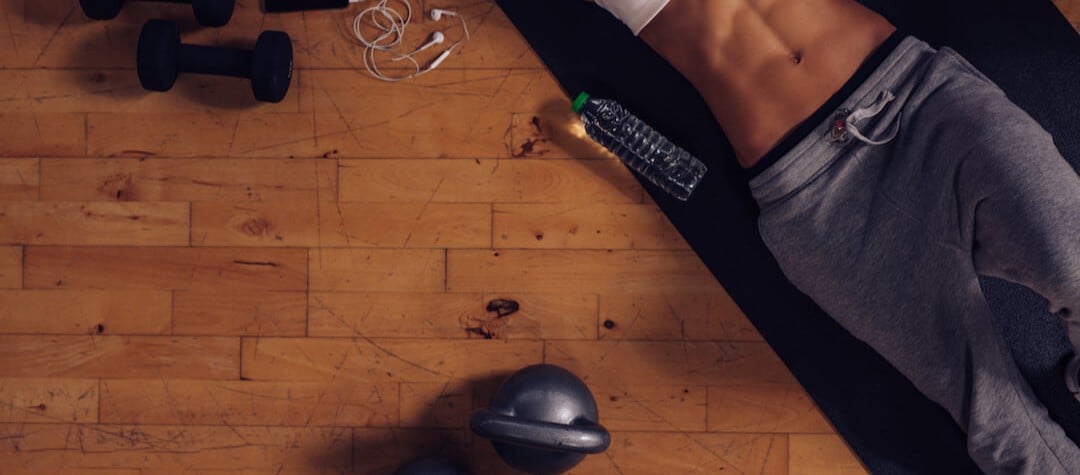If you want to be more flexible and develop your core body strength, Pilates is the perfect activity to get involved in. Check out this introduction to Pilates and find out the benefits of of the discipline.
Pilates is ‘A thinking way of moving’
Also known as the ‘Body Control Method’, Pilates is a system of slow, flowing, and precise movements developed in the 1920s and onwards by the German-born Joseph Pilates, (born 1880). Described as ‘a thinking way of moving’, Pilates works by developing and integrating our awareness of our bodies, our core strength and our mobility. This combination enables us to achieve ‘functional fitness’ - to know and be able to use our own true strength and flexibility effectively.
Pilates himself began his exploration of physical potential through having suffered a range of debilitating conditions himself in childhood years, including rickets, asthma and rheumatic fever. He embarked on a spirited and determined quest for achieving his own peak physical condition, and in time it seemed a natural progression that he would begin to take responsibility for helping others to realise theirs too.
Pilates practice first gained popularity with dancers, then more widely among sportspeople, and now is a favourite among all. Joseph Pilates left Germany for New York in 1926, where he began to be highly valued among the New York dance community. By 1956 it was reported that 'virtually every dancer in New York had meekly submitted to the spirited instruction of Joe Pilates.'
Today, Pilates has something to offer everyone, whether their lifestyle is largely sedentary and office-bound, hectically energetic or physically demanding. It requires some patience to learn and is less likely to appeal in itself to younger children. However, as an ‘as well as’ exercise to be used in schools or sports clubs, the principles of Pilates could save young people from ever getting into the bad postural habits that some adults spend many hours learning how to undo.
Pilates develops long, lean muscles and core strength
Pilates builds strength from the inside out and can have a visibly powerful effect on the shape and even height of our bodies. It is essentially the complete opposite of ‘body-building’. Instead of building ‘big’, short, bulky muscles by isolated weight-lifting exercises, Pilates continually works to stretch and strengthen our muscles, using carefully controlled movements to build a longer, leaner, stronger and more flexible body. Pilates teaches that our power lies in a central column of complex muscles in the torso and pelvis, and that our strength comes from proper alignment, awareness and breathing rather than brute force.
Pilates works as a reliable partner with other forms of exercise
Pilates teacher Michael King calls Pilates not an ‘instead of’ but an ‘as well as’ form of exercise; it works in a way which is extremely effective in complimenting other exercise programs, sports or performance arts. For example, Pilates can help the golfer rebalance their body after building up one side of muscles through their ‘swing’, and it can assist in building stamina, concentration and relaxation for performers including dancers, singers and actors.
Pilates is a ‘physical intelligence’ for everyday life
Pilates is a non-competitive physical conditioning program which can help people of all walks of life take care of their bodies. It can help us to live our everyday lives more enjoyably and effectively. For example, teaching us ways to avoid back pain by protecting and strengthening our backs if we do a lot of desk work or driving, or training our bodies so that we are less likely to injure ourselves in everyday tasks like lifting an object.
"The mind, when housed within a healthful body, possesses a glorious sense of power.” - Joseph Pilates
What to expect at a Pilates class
Pilates generally involves a lot exercising on a mat on the floor. Some of the exercises performed in a Pilates session may seem not dissimilar to the stretches, sit-ups or even push-up type exercises of conventional fitness regimes, but the approach and method of doing them is completely different.
You need to wear comfortable loose/stretchy clothing, and in time you may wish to get yourself a Pilates mat for practice at home (you do need something soft between you and the floor for Pilates exercises).
Who can do Pilates?
Pilates includes many different movements and ranges in levels of difficulty, so therefore can suit anyone. Teachers advise first becoming familiar with the main principles of Pilates before engaging with the deep postural muscles, concentration and breathing.
Who can it benefit?
Sufferers of posturally-based back pain, sports injuries, repetitive strain injuries and stress can benefit from Pilates. It is especially helpful in offering ways to prevent and change problematic postural habits that can lead to experiences of occasional or even chronic pain. Osteopath Piers Chandler, writes that the Pilates method “can genuinely complement treatment and accelerate recovery. Some patients who are referred to Pilates teachers never need any further regular treatment.” Pilates can also contribute greatly to a supportive recovery program for people with sports injuries. The practice of Pilates is also known to help counter anxiety and stress.
"Pilates develops the body uniformly, corrects wrong postures, restores physical vitality, invigorates the mind and elevates the spirit." - Joseph Pilates

